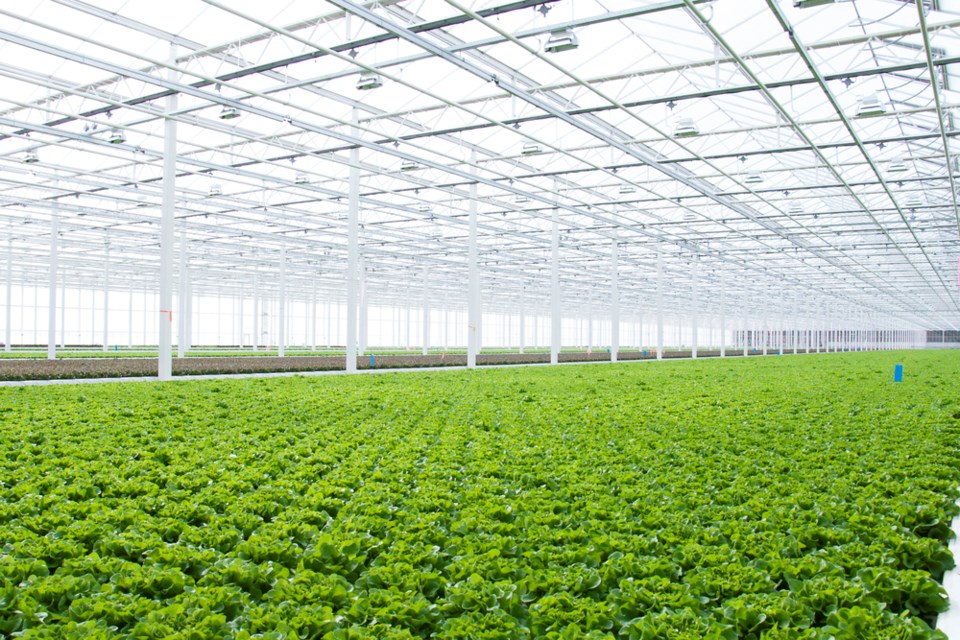Food production is an exciting and dynamic space shaped by the demand for sustainably feeding a growing global population and addressing evolving consumer preferences.
“The world’s population is projected to grow to 9.4 billion by 2050, and this would require about 60% more food production,” says Trevor Lewington, CEO at Economic Development Lethbridge.
“Canada produces raw commodities of the highest quality and has a strong reputation for food security and traceability, yet we often export raw commodities that are processed elsewhere.”
Creating capacity for value-added processing can not only benefit Canadian consumers, but also provide a welcome boost to local economies, for example, by attracting investments, creating jobs, and leveraging this momentum for technological development.
And where better to focus efforts than in a region that already boasts “considerable strength and infrastructure in agricultural production and food processing,” says Lewington, who suggests that Canada's Premier Food Corridor (CPFC) is a prime area for achieving a significant impact.
Canada’s Premier Food Corridor is a partnership between five municipalities in southern Alberta: Lethbridge County, Town of Taber, Town of Coaldale, Municipal District of Taber, and Economic Development Lethbridge.
In addition to an impressive list of agri-food businesses – and the service providers supporting them – the region brings one more essential prerequisite: the desire to take a collaborative approach, he says. “We realize that we're far stronger when we work together.”
Lewington believes this cooperative spirit has its roots in the area’s agricultural tradition and culture. “It’s the barn-raising mentality, where neighbours come together to help neighbours.”
Farming communities are part of the “fabric of the region,” and investments in irrigation infrastructure, dating back several generations, allowed agriculture to thrive, he says.
“The government is now investing almost a billion dollars to modernize and expand irrigation, and this access to water is very important, especially in light of potential impacts of climate change.”
Traditional crops and products – such as wheat, potatoes, beef, and pork – are still among local mainstays, yet farming practices have also evolved due to land regeneration efforts.
“We have significant potato growers, for example, but you can only grow potatoes every four years since the land needs to be replenished with nutrients,” explains Lewington. “Adding rotational and diverse crops benefits the land and can also lead to innovation.”
Changing consumer preferences are also a key driver of agri-food innovation. While many people in North America are now prioritizing “good-for-you” choices, including plant-based protein, a growing middle class in other parts of the world is looking to add more animal protein to their diet. In addition, there is an increasing appetite for new taste experiences, such as spicy options or new flavour profiles.
Capturing emerging opportunities in food production requires extensive support, which can include research and technology development, food safety and logistics, marketing, and packaging. CPFC boasts expertise in all these areas, including education and R&D capabilities at the University of Lethbridge and Lethbridge College, says Lewington.
A successful product innovation example relates to locally grown “haskap berries, which are very popular in Japan,” he says. “We have the Haskap Alberta Association, which has built a processing plant. We’re now exporting jams and sauces and also produce haskap berry wine from byproducts.”
Like haskap berries, Japan is the primary destination of another local export: mustard seed, Lewington notes. “Sakai Spice processes mustard seed, which is then turned into wasabi products.”
These are just two examples among many, attesting to the region’s “impressive global footprint,” he says. “We want to create more awareness about these success stories, which speak to the calibre of our companies and the potential to do more.”
“The food processing business creates more jobs in Canada than the automotive sector, so the opportunity is substantial,” explains Lewington. “We are also working on strengthening CPFC as a logistics and transportation hub connected by road, rail and air.”
A stronger ecosystem can help to create better outcomes for each member of the value chain. It can also offer protection against common challenges, such as export bans or adverse weather events, he proposes. And a thriving cluster can help attract investments and talent: a win-win all around.
To learn more about Canada’s Premier Food Corridor, visit canadaspremierfoodcorridor.ca.



